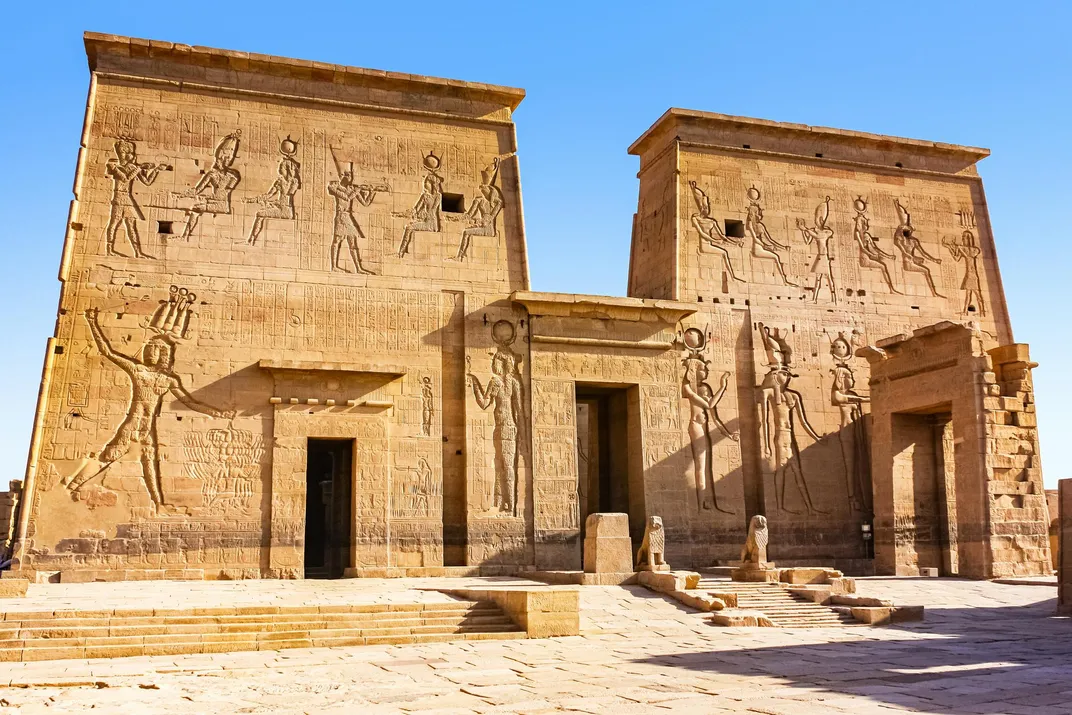3,400-Year-Old Necropolis Hints at Ancient Egyptian Life
Dozens of tombs and a temple were uncovered in an ancient quarry
The ruins of a long-lost necropolis have been uncovered at a quarry that supplied the building blocks for many of ancient Egypt’s grandest buildings. The remains date back about 3,400 years and include hundreds of artifacts and dozens of tombs that may be the resting places of many ancient Egyptian nobles.
Located more than 500 miles south of Cairo, the quarry site known as Gebel el Silsila was one of the most important sites for ancient Egyptian builders. Spanning both banks of the Nile River, the quarry produced the sandstone used to build many of the greatest examples of ancient Egyptian monuments, including the temples at Karnak and Luxor, Rosella Lorenzi reports for Discovery News.
"Many seem to believe that Gebel el Silsila was simply a stone quarry, while it in fact contained so much more, including a thriving community,” archaeologist Maria Nilsson, director of the Gebel el Silsila Survey Project, tells Phillippe Bohstrom for Ha’aretz.
Thousands of years ago, the community surrounding the quarry was known as Kheny or Khenu, which means “Rowing Place” in ancient Egyptian. Hidden in the quarry, Nilsson and her colleagues uncovered the remains of an ancient Egyptian cemetery that included a temple and several large tombs. While archaeologists aren’t sure which deity the temple honored, it was common for similar sites along the Nile River to be dedicated to Sobek, the crocodile-headed god believed to command the river’s waters and annual floods, Lorenzi reports.
This isn’t the first time the necropolis’ remains have been uncovered by modern archaeologists. During the early 1900s, a German Egyptologist named Ludwig Borchardt uncovered the temple, but only recorded its location on a basic map. The Temple of Kheny was quickly forgotten, until Nilsson and her colleagues rediscovered it last year, Erik Shilling reports for Atlas Obscura. But while the researchers uncovered hundreds of artifacts and human remains, the years have taken their toll on the once-grand temple.
“Due to the annual flooding of the Nile, the shrine—which opens to the west—has seen considerable damage to its interior and exterior, and its archaeology cannot be firmly dated, since the Nile would have brought in material each year," Nilsson tells Bohstrom.
Unlike the tombs in the Valley of the Kings to the north, the necropolis at Gebel el-Silsila likely didn’t house the pharaohs and their families. However, rock inscriptions and the quality of artifacts found at the site suggest that lesser members of the ancient Egyptian elite were buried in the enormous tomb complex, Lorenzi reports.
“The higher officials, viziers and such that were active at Silsila were buried in Thebes, so it is likely that the people entombed in the rock-cut graves belong to the level just below the officials,” Nilsson tells Lorenzi.
Nilsson and her team are still excavating and studying the tombs, but these early finds indicate that there is much more to learn about the quarry’s past.
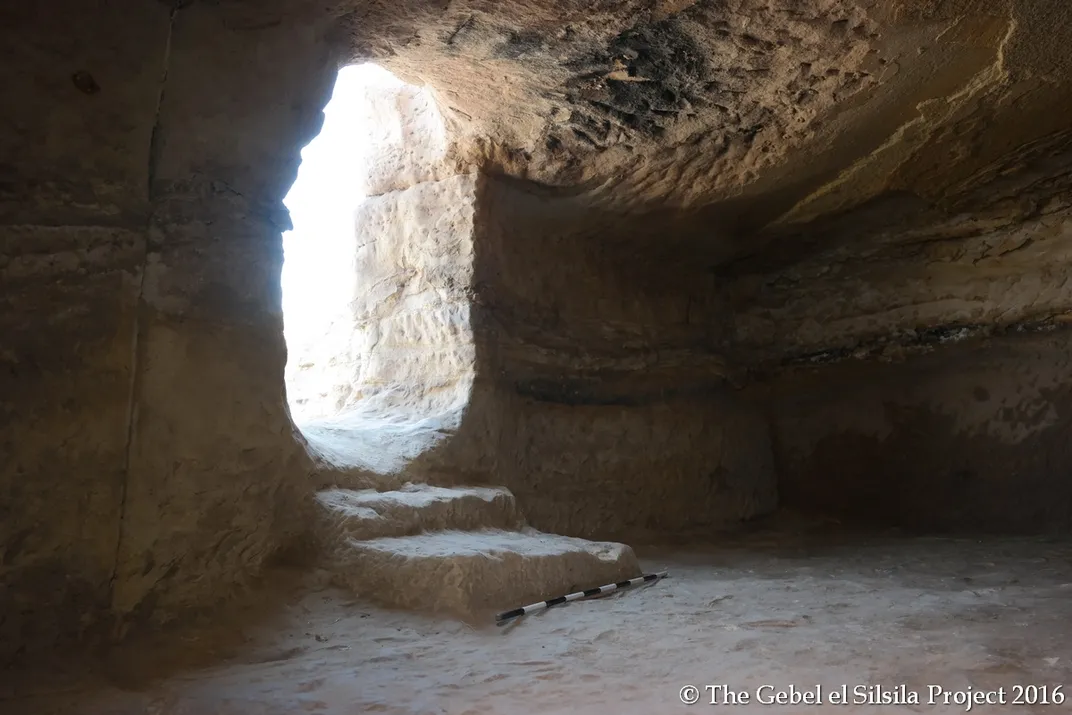
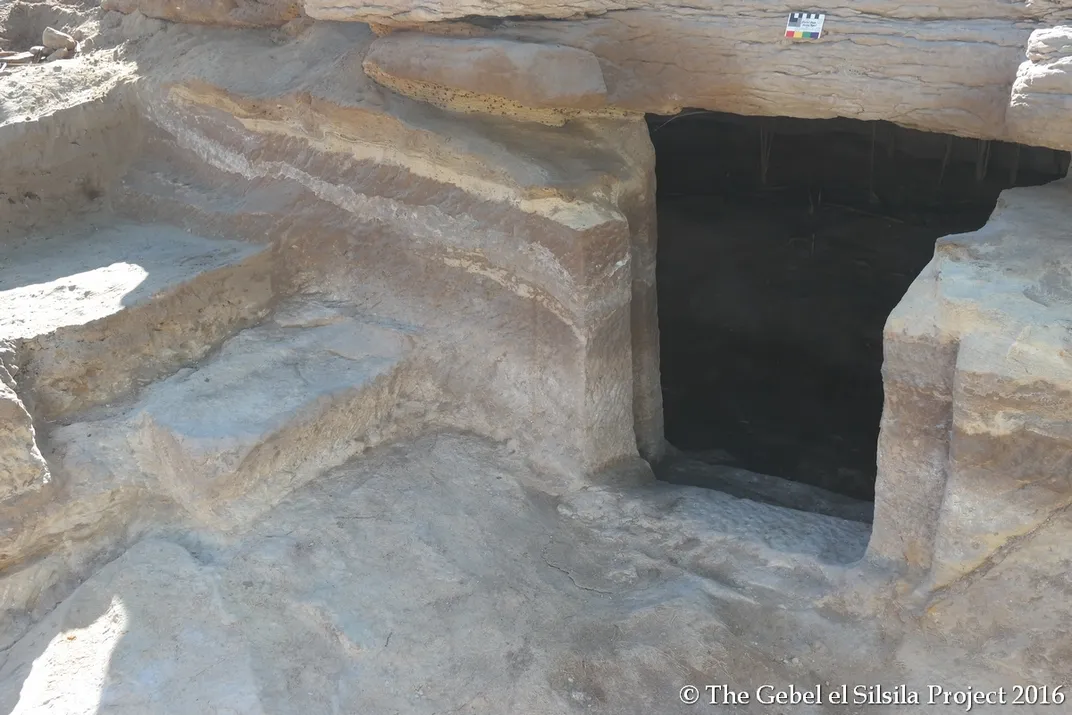
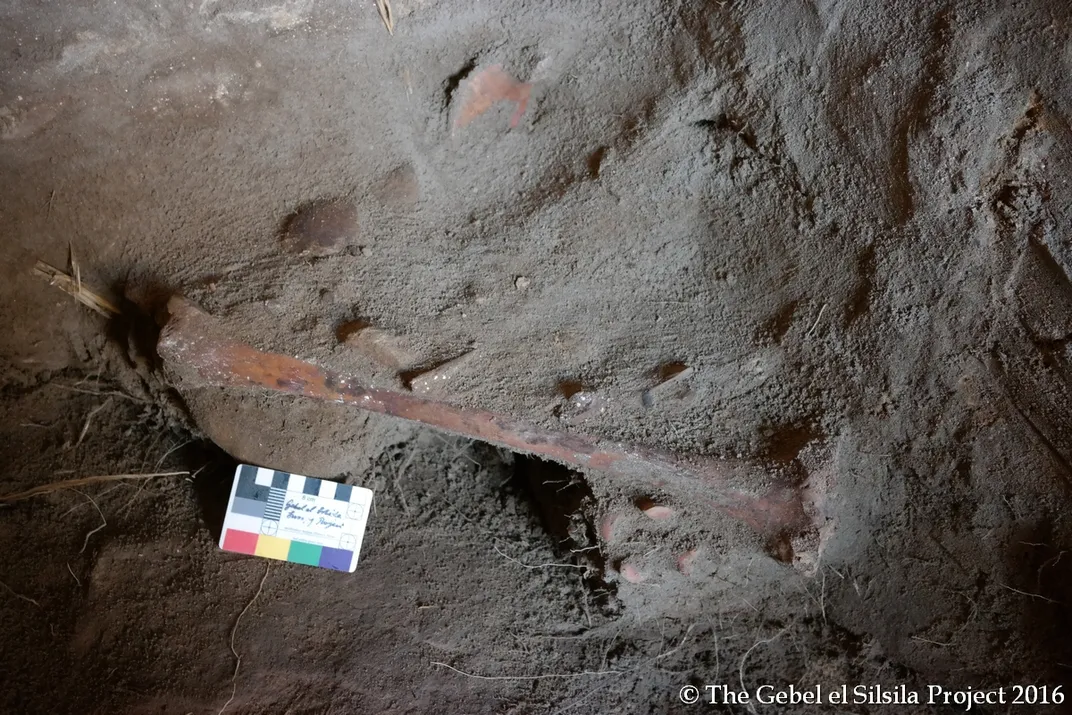
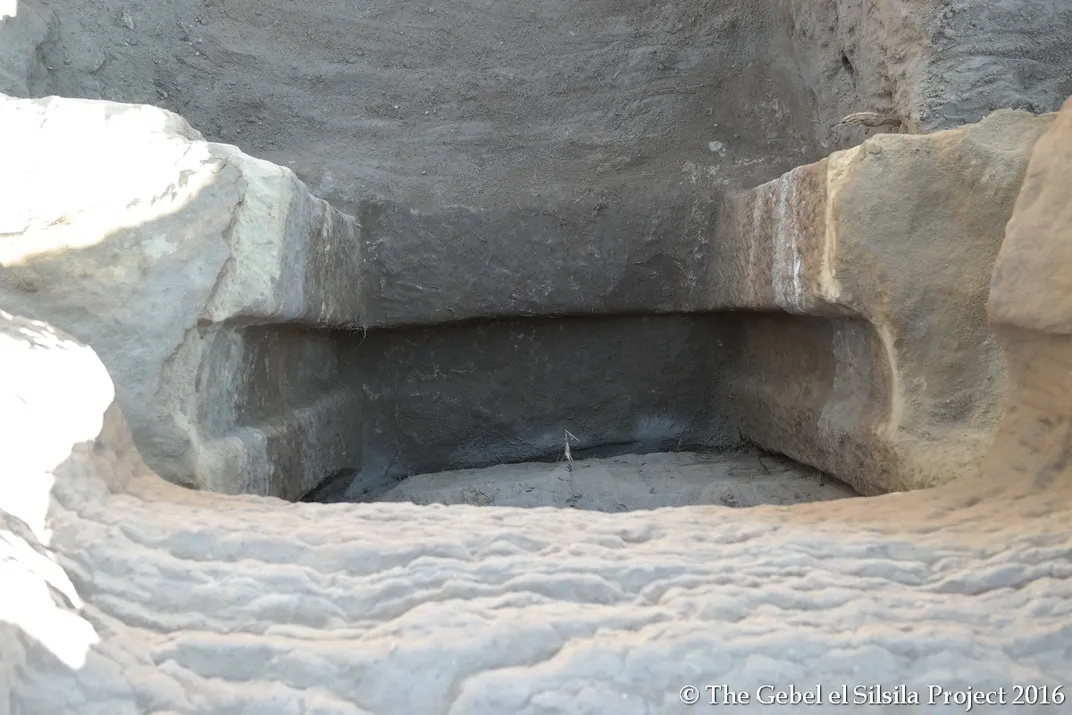
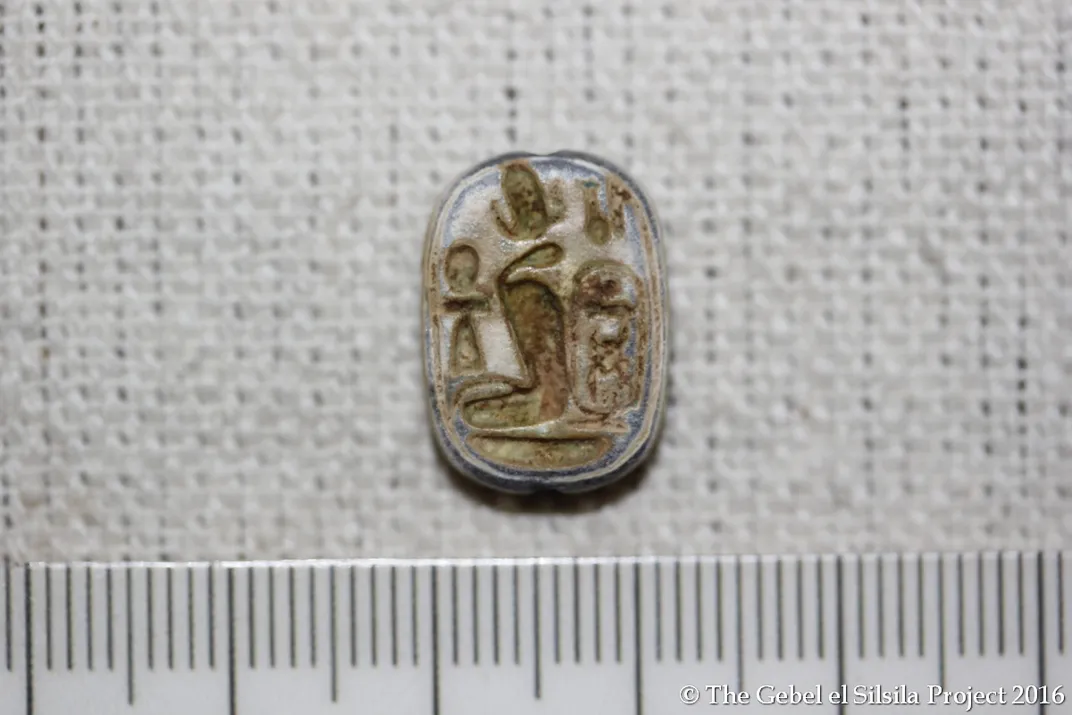
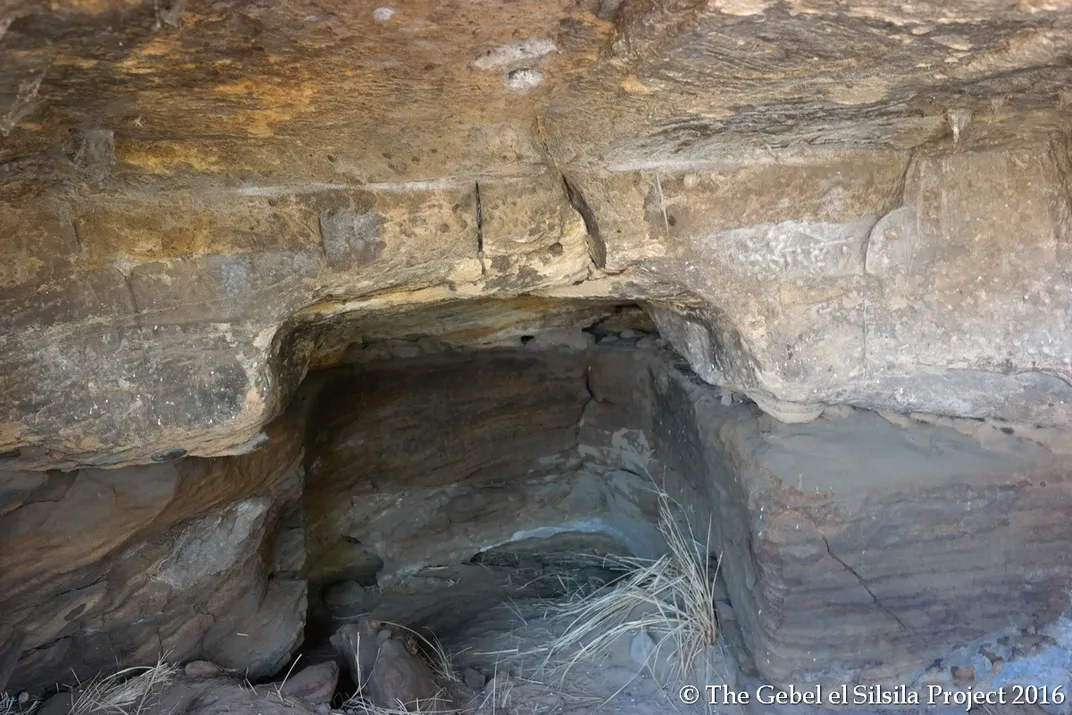
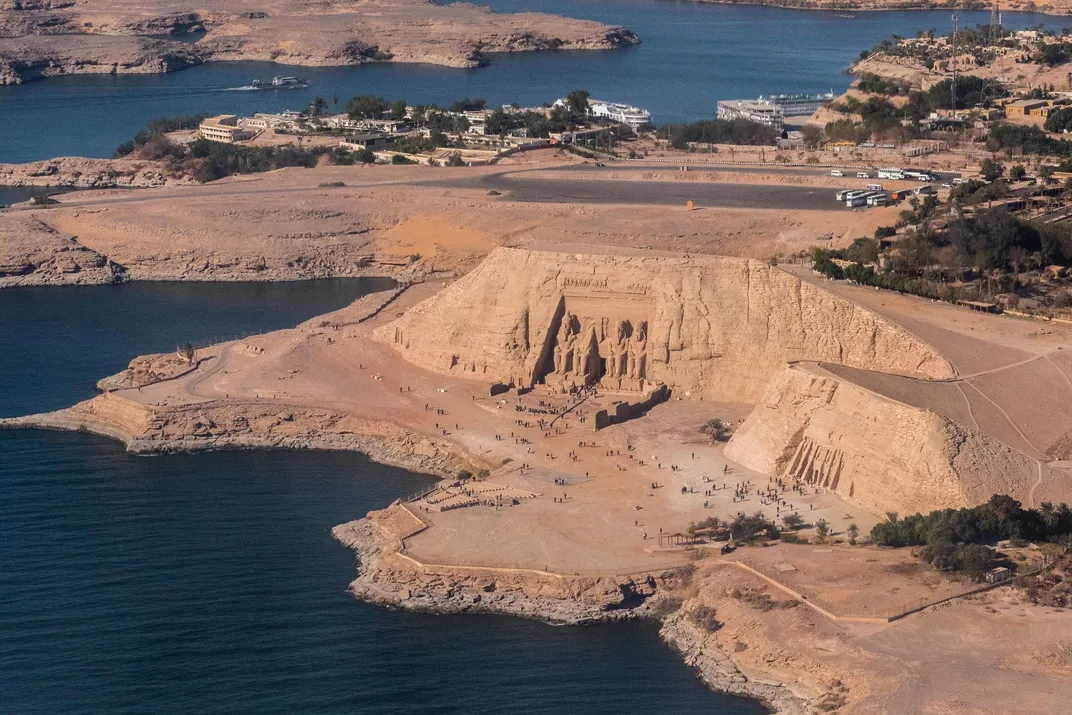
/https://tf-cmsv2-smithsonianmag-media.s3.amazonaws.com/filer/08/2f/082f720e-20ee-4aac-b98d-4358eb30b886/egp_abusimbel_ist_93169460.jpg)
/https://tf-cmsv2-smithsonianmag-media.s3.amazonaws.com/filer/00/91/0091f49c-a202-4637-92a7-6233b5f8bdea/egp_tutankhamenmask_ss_754022890.jpg)
/https://tf-cmsv2-smithsonianmag-media.s3.amazonaws.com/filer/8a/2c/8a2cfca5-85a3-4f67-86c6-a62ea5b2194f/cairo_giza_pyramids_the_sun_barge_museum_cu0272_tb_gardel_bertrandhemisfr.jpg)
